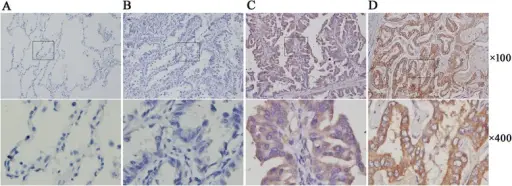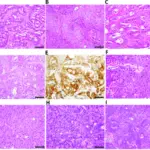Adenocarcinoma of the lung is cancer that arises from the mucosal glands of the bronchial and it is the most common type of non-small cell lung carcinomas.
What is the Pathology of Adenocarcinoma of the Lung?
The pathology of adenocarcinoma is:
-Etiology: The cause of adenocarcinoma is mostly noted to be the use of tobacco. Other causes are toxins exposure at home or in the workplaces.
-Genes involved: EGFR and KRAS are the main genes involved.
-Pathogenesis: The sequence of events that lead to adenocarcinoma exposure of the lung tissue to toxic substances, mutation of the genes occurs, which leads to increased growth of the abnormal cells.
-Histology: The histology associated with adenocarcinoma shows 5, patterns; acinar, papillary, micropapillary, solid, and lepidic patterns.
How does Adenocarcinoma Present?
Patients with adenocarcinoma are typically female but it also affects males who are non-smokers. It presents at an age range of 60-70 years. The symptoms, features, and clinical findings associated with adenocarcinoma include; Productive cough and dyspnea, Hemoptysis, Weight loss, and chest pain, and in a very rare case and the presence of paraneoplastic syndromes which include finger clubbing.
How is Adenocarcinoma Diagnosed?
Adenocarcinoma is diagnosed by use of a CT scan after a session of history taking and also a physical examination. Blood tests to confirm any presence of increased enzymes and CT scan, radiologic imaging using MRI shows well-defined lobulated air bronchograms with solid or acinar patterns.
How is Adenocarcinoma Treated?
The adenocarcinoma is treated depending on the location, size of the adenocarcinoma. surgery is the first option to remove the affected tissue. Chemotherapy and radiation therapy can also be used.
What is the Prognosis of Adenocarcinoma?
The prognosis of adenocarcinoma is dependent on the stage of the adenocarcinoma. Those in the early stage have a good prognosis with a survival rate of 85% and those with the advanced stage have a poor prognosis with a survival rate of 5%.



